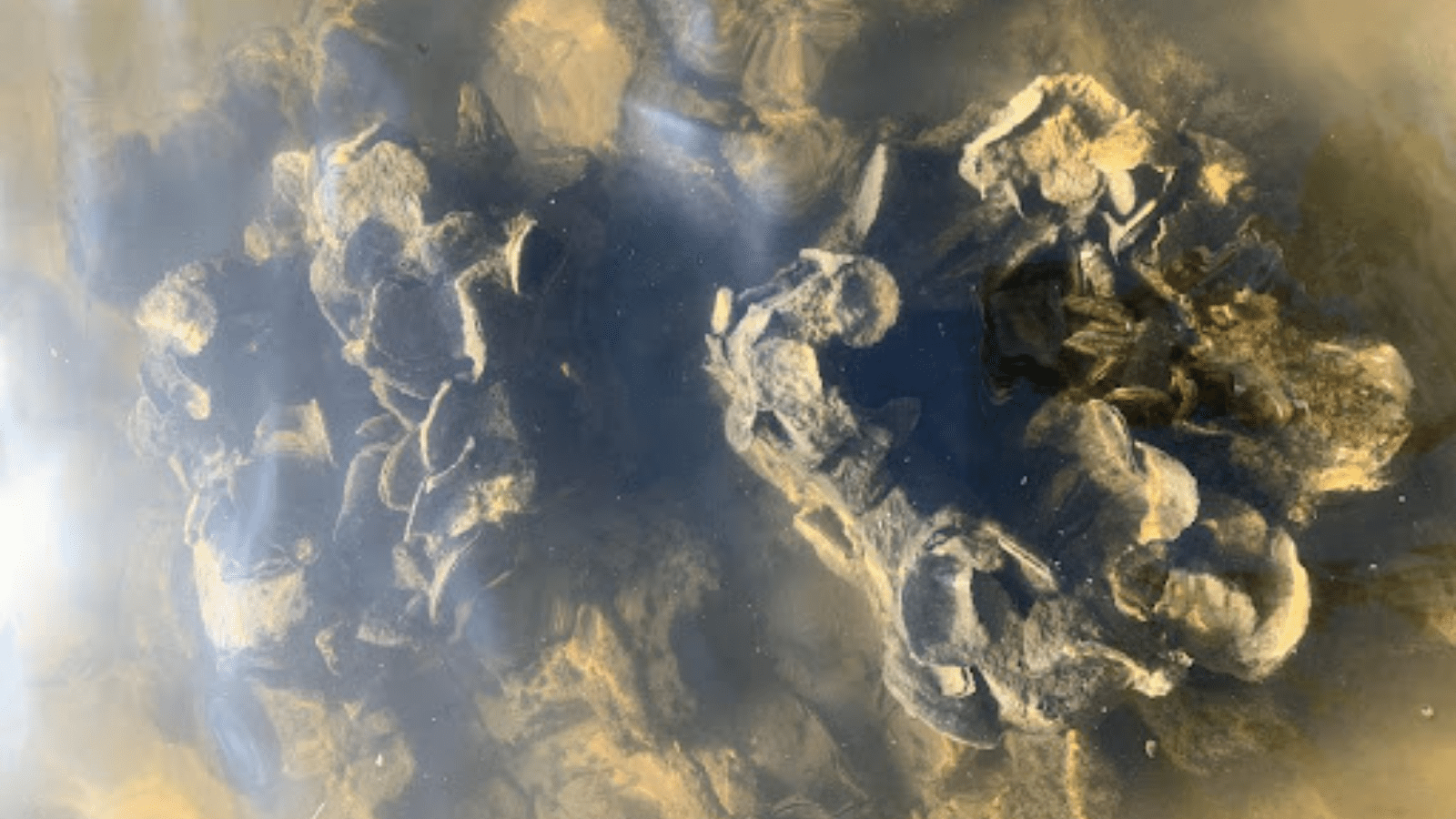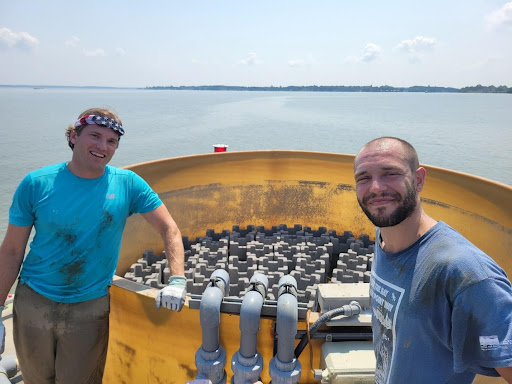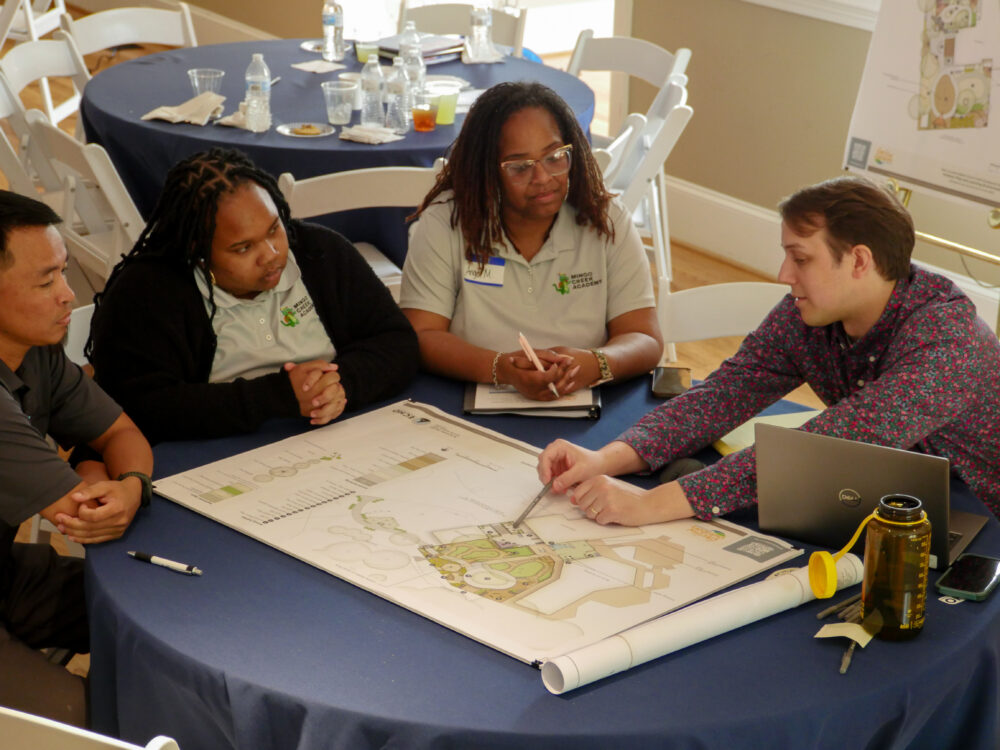We have much more to do and your continued support is needed now more than ever.
Oyster Retrofit – A Wildlife-Friendly Technique to Green Grey Infrastructure
Creating habitat in the Chesapeake Bay

The National Wildlife Federation is working with scientists at the University of Maryland Center for Environmental Science’s Horn Point Laboratory (UMCES) to develop a novel restoration technique to green grey infrastructure, adding natural habitat components to man-made infrastructure in need of repair. The technique uses oyster castles to develop a living oyster reef on grey infrastructure like offshore breakwaters. We call this nature-based solution an Oyster Retrofit.
Oyster castles are concrete building blocks that interlock and can be planted with oysters to create a living oyster reef. These structures have been used in the Chesapeake Bay region for shoreline stabilization and habitat creation. Rubble offshore breakwaters are littered throughout the Chesapeake Bay to protect shorelines in high-energy environments. These piles of rocks are a traditional grey infrastructure approach to protect property which has limited wildlife habitat value.
Breakwaters need to be at a certain height relative to the water level to effectively dampen wave energy and protect the shoreline. As sea level rises, breakwaters are becoming drowned and much less effective at stabilizing shorelines. The addition of oyster castles adds height, creates oyster-reef-like habitat, and acts as a solution to the impacts of sea-level rise on coastal infrastructure. As sea level rises, we anticipate the oysters growing on the structures will grow up into the water column, making this green grey approach a self-sustaining solution that can maintain its effectiveness over time.
In the summer of 2021, with support from the Palmer Foundation and the National Fish and Wildlife Foundation, UMCES and the National Wildlife Federation are installing an Oyster Retrofit on aging breakwaters in the Choptank River. This pilot project will allow us to develop the technique on the ground and monitor it for effectiveness over time.

Using a multi-faceted model, Delft3D-SWAN, we have determined the best placement and design for wave dampening, shoreline erosion control, and oyster survivability. Dr. William Nardin, Dr. Matthew Gray, Iacopo Vona, and Davonte Douglas have been integral partners in modeling, designing, and installing this project. Also, Dr. Jeffrey Cornwell is making measurements on the oyster castles themselves to quantify their nutrient reduction value. Through Dr. Cornwell’s work, we have found that in addition to shoreline stabilization and habitat value, oyster castles also improve Chesapeake Bay water quality.
Projects with multiple benefits need to become the norm as our climate changes and we search for solutions to pressing infrastructural and environmental challenges. Oyster retrofits do just that by increasing available wildlife habitat, increasing oyster populations, improving water quality, and helping to stabilize shorelines.
To learn more about nature-based solutions that address the climate crisis, see our report “Natural Defenses in Action.”





















